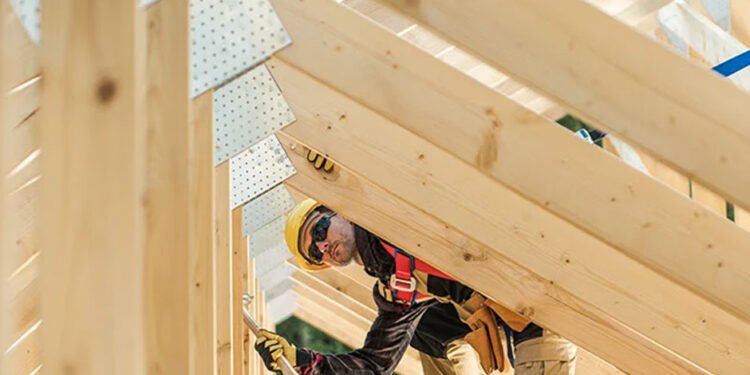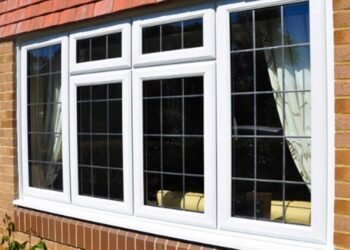Protecting a home from severe weather in hurricane-prone areas is essential to prevent costly damage. Strong winds can easily lift roofs and compromise the structure, making it crucial to reinforce vulnerable areas. While there are many ways to prepare a home, some solutions are simpler and more affordable than others.
A common question homeowners have is, how do hurricane straps work? This straightforward upgrade can be highly effective, providing an extra layer of security during high-wind events. Here’s a closer look at how these straps work and why they’re a wise choice for homeowners seeking reliable storm protection
How Do Straps Work?
Understanding the role of hurricane straps begins with knowing how they operate. They are metal brackets that connect the roof trusses or rafters to the walls of a home. These small but vital metal components form a reinforced link between the home’s walls and roof, ensuring they work together to resist wind forces. This cost-effective improvement offers peace of mind, reducing the chances of roof failure during a hurricane.
Benefits of Installing Hurricane Straps
1. Enhanced Structural Stability
The primary advantage is their increased stability to a home’s structure. When high winds strike, they create upward pressure on the roof. If the roof is not secured, it can detach from the walls, causing significant damage. They provide a reliable bond between the ceiling and walls, giving the entire structure more resilience during storms.
2. Cost-Effective Home Fortification
Unlike other home improvement projects, installing them is relatively inexpensive. They are affordable, and installation is straightforward, especially if completed during initial construction. Adding them is also possible for existing homes, though it may require a professional to install them properly. This cost-effective solution provides substantial protection without straining the budget.
3. Meeting Local Building Codes
Local building codes now require them for new homes in many hurricane-prone areas. This mandate is due to their proven effectiveness in enhancing structural durability. Homeowners who retrofit their older homes with these straps not only increase safety but may also meet current codes. This can be beneficial when selling the home, as it demonstrates adherence to safety standards.
Factors to Consider When Installing Hurricane Straps
1. Professional Installation vs. DIY
While some homeowners may consider installing them, professional installation is often recommended. Experts ensure they are correctly positioned, securely fastened, and optimally connected to the structure. This precise placement maximizes their effectiveness and minimizes any potential gaps in protection. Hiring a professional may involve a bit more cost but offers reassurance that the home is well-prepared.
2. Compatibility with Existing Structures
Retrofitting older homes may present challenges. Older roofs may not be fully compatible with newer straps, so adjustments may be needed. A professional can assess the structure and recommend solutions for effective installation. Consulting an expert ensures the home is properly secured, regardless of age.
3. The Type of Straps Needed
Several hurricane straps are designed for specific roof and wall connections. For example, some straps are better suited for wood-framed roofs, while others work with metal frames. Choosing the right strap is essential for optimal performance. A professional can guide homeowners in selecting the appropriate type based on the structure’s unique characteristics.
Do Hurricane Straps Make a Difference?
The installation has proven to be an effective measure in many areas prone to hurricanes. Studies have shown that homes with these metal connectors are better equipped to endure strong winds than those without them. These straps provide a level of defense that can minimize roof damage and, by extension, interior damage. Homeowners who invest in them feel more confident about their home’s ability to withstand storms.
Hopefully, now you have understood how do hurricane straps work and what are their benefits. Homeowners in hurricane-prone areas gain peace of mind with these structures, knowing their homes have additional protection. Whether required by building codes or added voluntarily, these small metal reinforcements are a wise choice for those looking to protect their homes.












